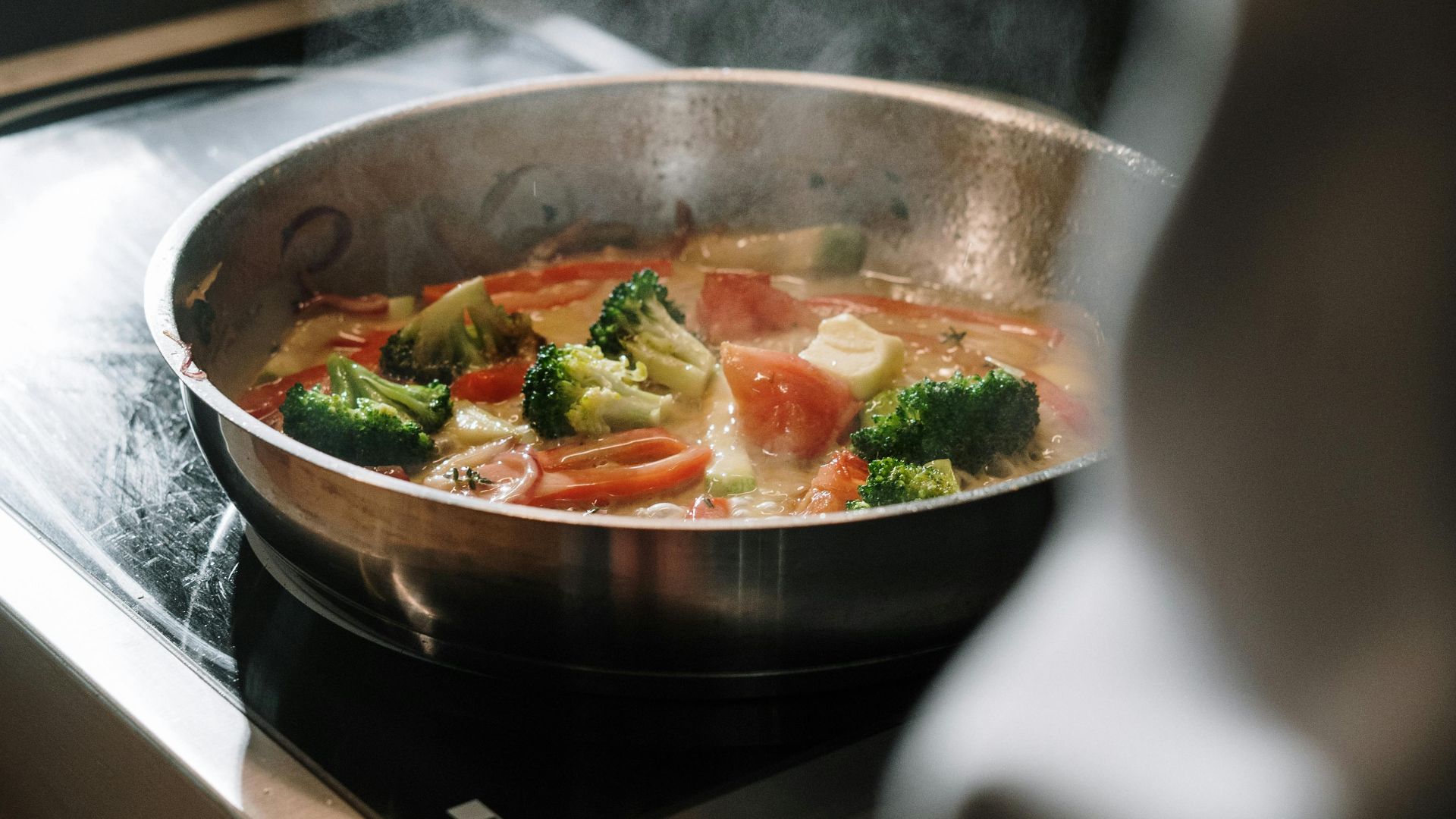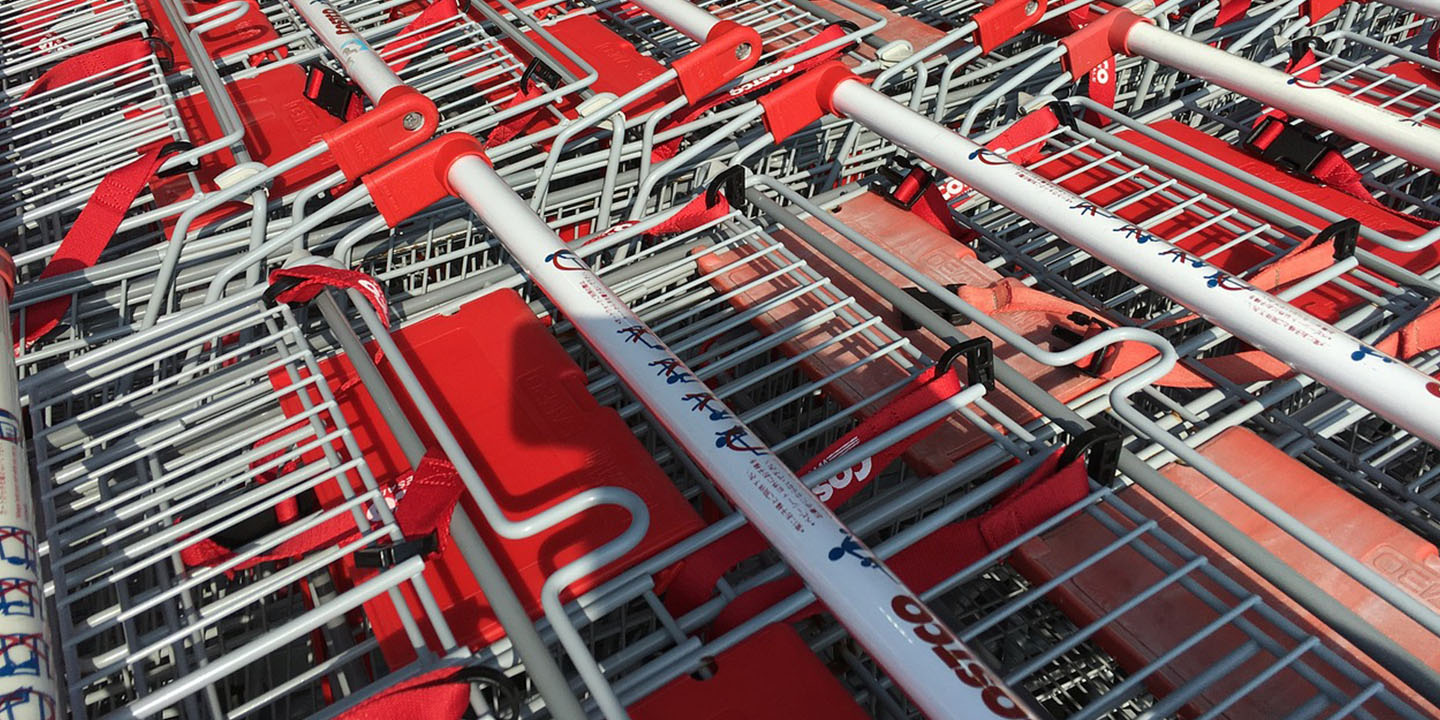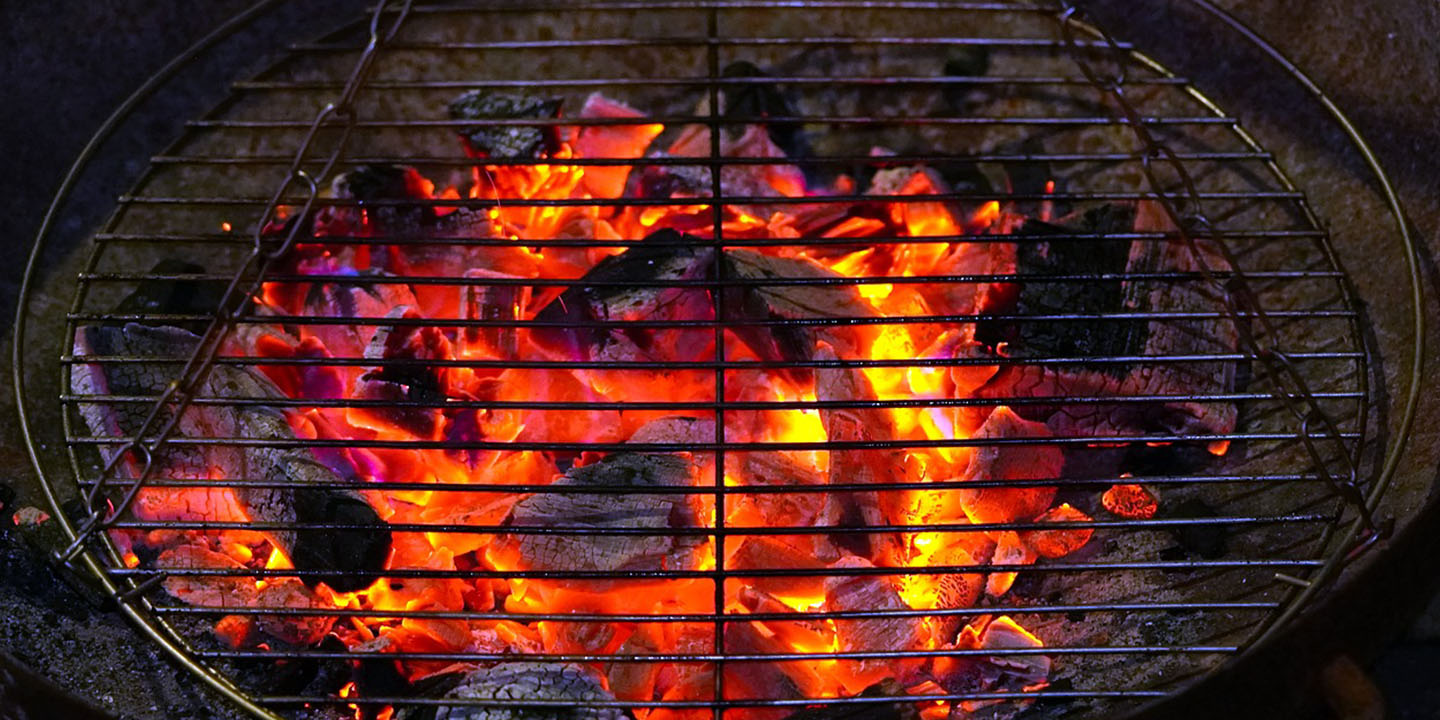Most people avoid cooking with stainless steel for the simple reason that they’re afraid of the chaos it might cause. Burnt food, stubborn pans, maybe even a little smoke setting off the alarm. It is enough to make anyone reach for their nonstick. But here’s the truth: stainless steel is just misunderstood. Once you know how to handle it, it becomes one of the most rewarding tools in your kitchen, which turns everyday meals into flavorful perfection.
So, if you’ve ever been tempted to give it another try, this is your sign to do it right—and discover why stainless steel might just change the way you cook forever.
Understanding The Beauty Behind The Metal
Stainless steel gives you direct control over the cooking process. Unlike nonstick pans, which create a barrier between your food and the heat, stainless steel lets your ingredients touch the hot metal surface. That direct contact helps develop deeper flavor and better browning—especially when searing meat or caramelizing vegetables.
When you sear a steak or sauté mushrooms on stainless steel, you’re developing what chefs call the fond—those golden-brown bits that stick to the bottom. They might look like a mess at first, but deglaze them with a splash of wine or stock, and they transform into a silky sauce layered with flavor.
Learning The Right Way
If you’ve ever cooked on stainless steel and watched your food stubbornly stick to the pan, you’re not alone. It’s the most common frustration beginners face. The secret lies in preheating. Stainless steel expands when it’s heated to close its microscopic pores. When it reaches the right temperature, oil glides over it like glass and creates a temporary nonstick surface.
Here’s a simple trick: before adding oil, sprinkle a few drops of water onto the pan. If they dance and glide across the surface, it’s ready. If they evaporate instantly, it’s too hot; if they just sit and sizzle, it’s too cold. Once you find that sweet spot, you’ll notice how smoothly your food releases and browns. That’s the magic of thermal control.
And unlike coated pans, you can crank up the heat without worry. That high tolerance makes stainless steel perfect for searing meats or achieving that restaurant-style crust on scallops. Over time, you’ll begin to “feel” the pan’s readiness instead of guessing.
Why It’s Worth The Switch
Sure, stainless steel might ask a little more of you—it’s not a “grab and go” kind of tool. But in exchange, it offers something precious: skill. It makes you more intentional and far more capable as a cook. Every time you use it, you learn something about patience.
There’s also the health and environmental side to consider. Stainless steel doesn’t leach chemicals or degrade over time. It’s free of coatings that can flake or emit fumes, which makes it one of the safest, most sustainable materials in any kitchen. And because it lasts decades, it reduces the cycle of disposal and replacement—something our planet could use a lot more of.
KEEP ON READING









